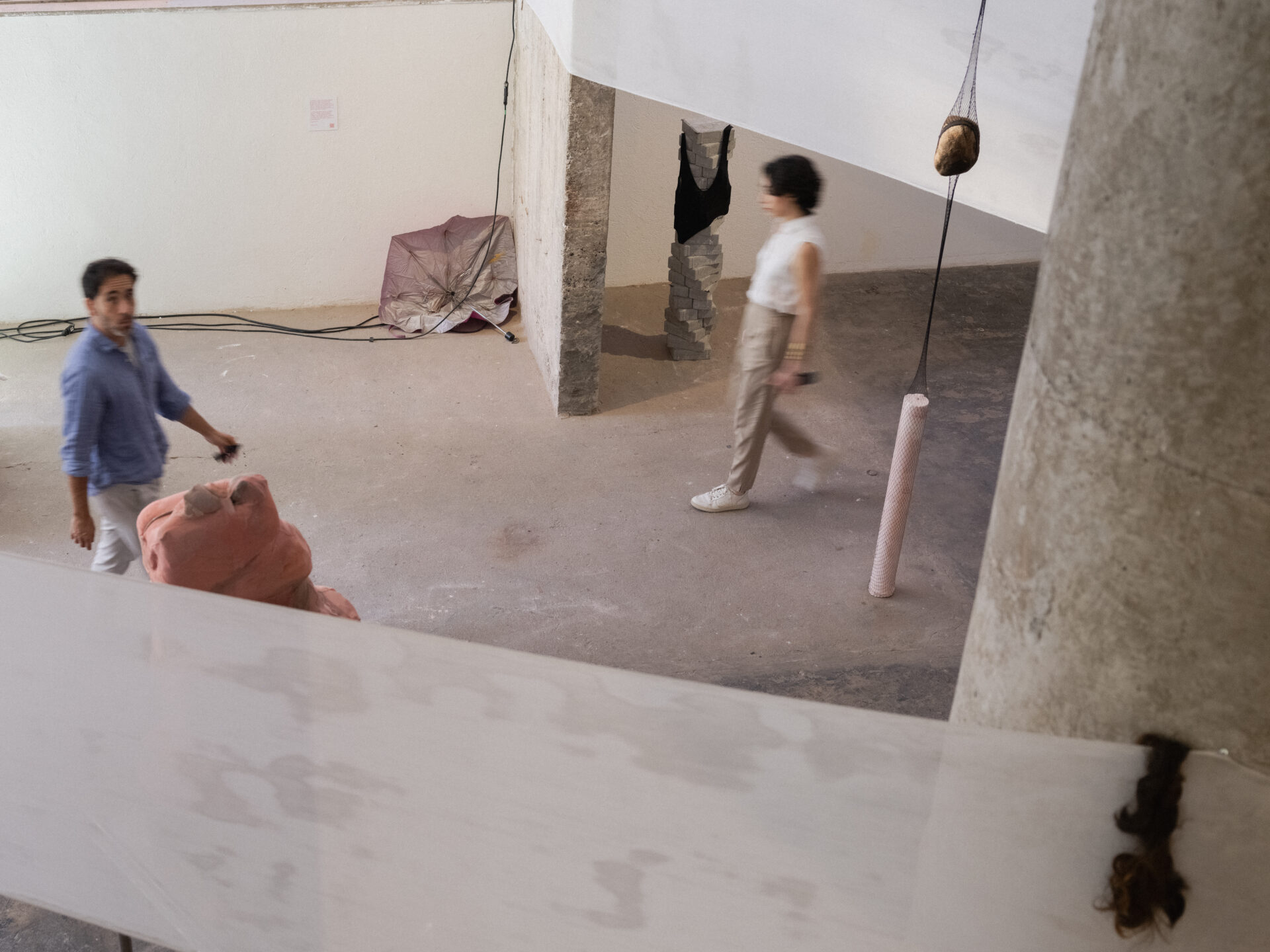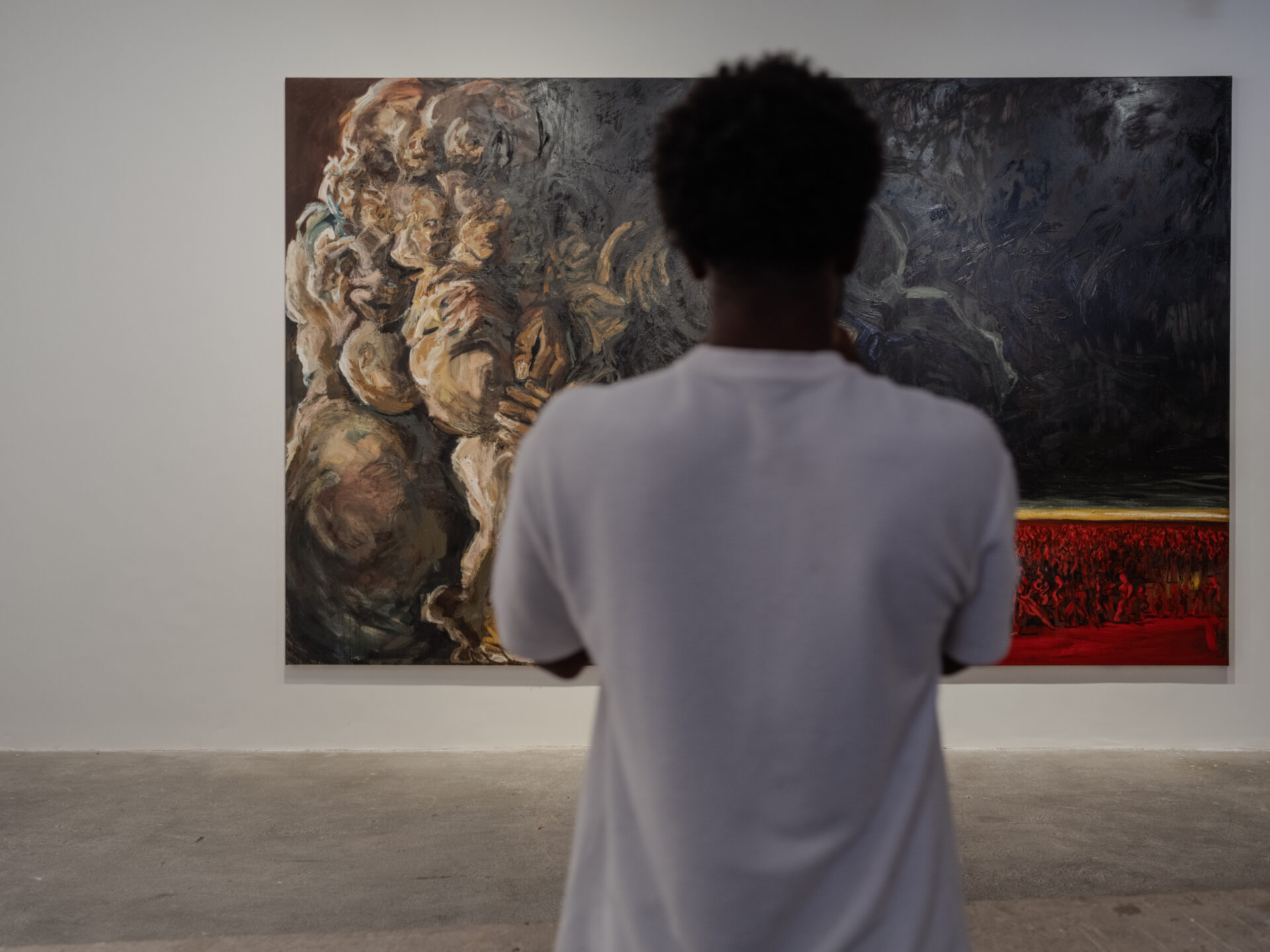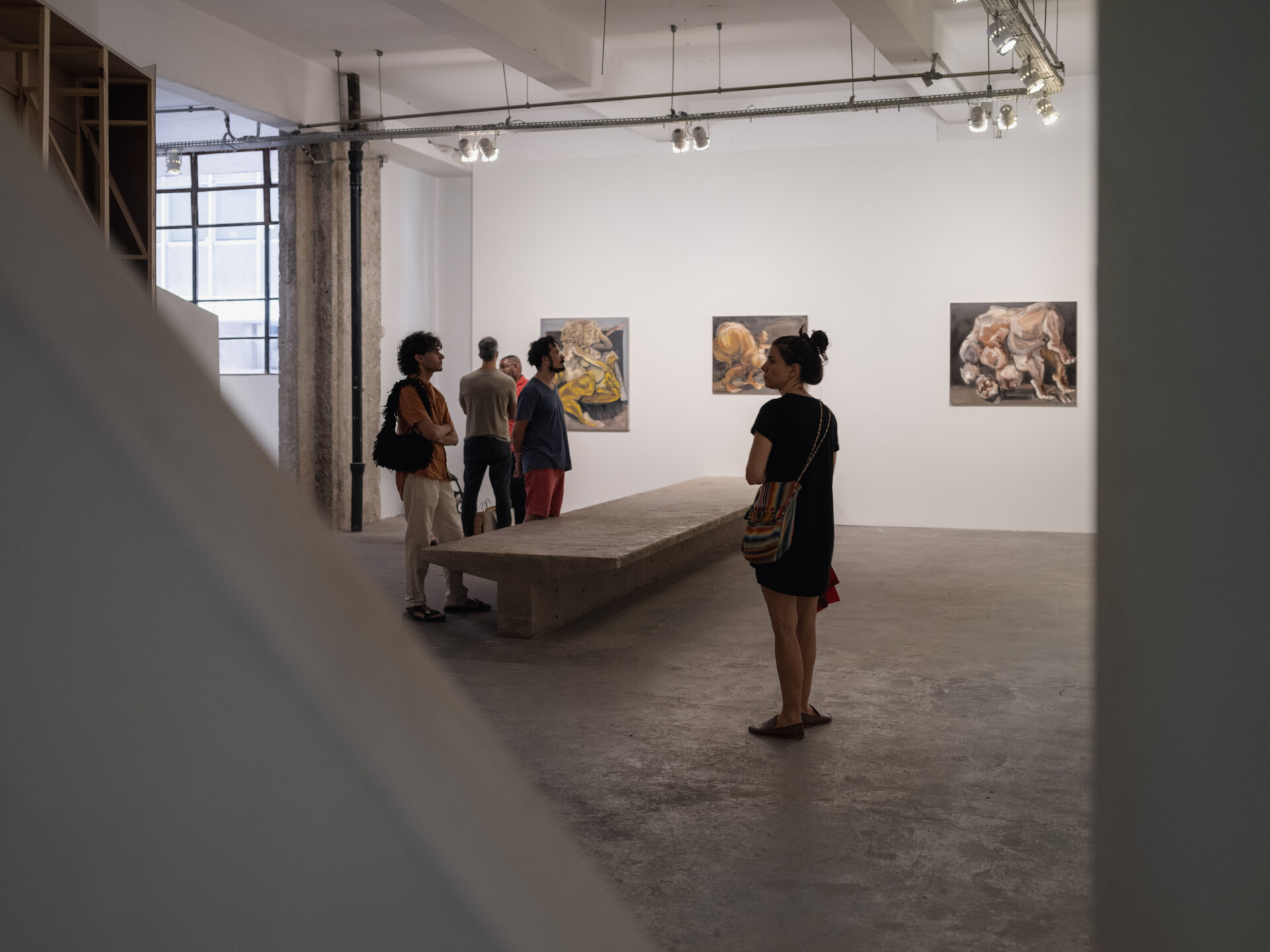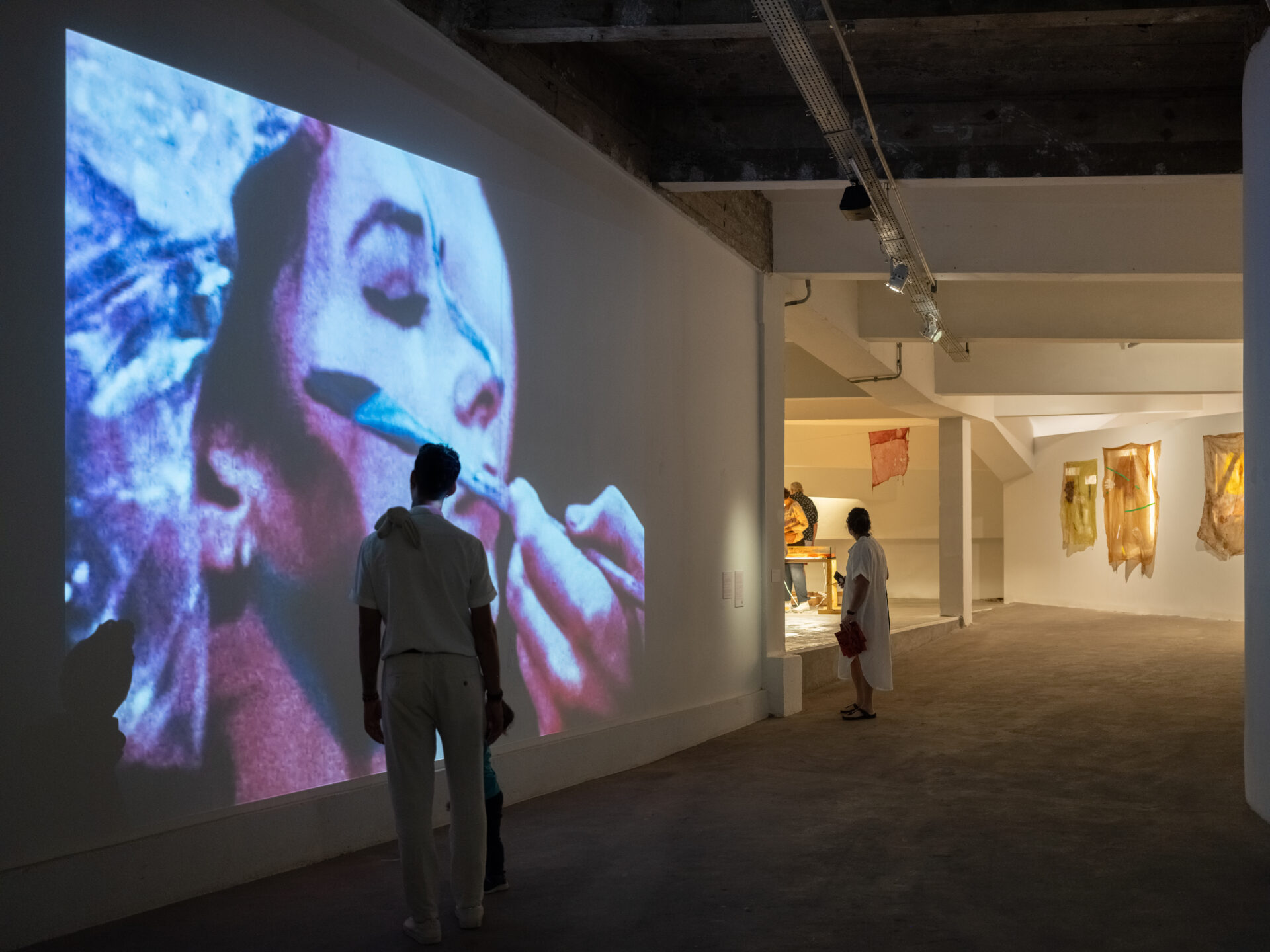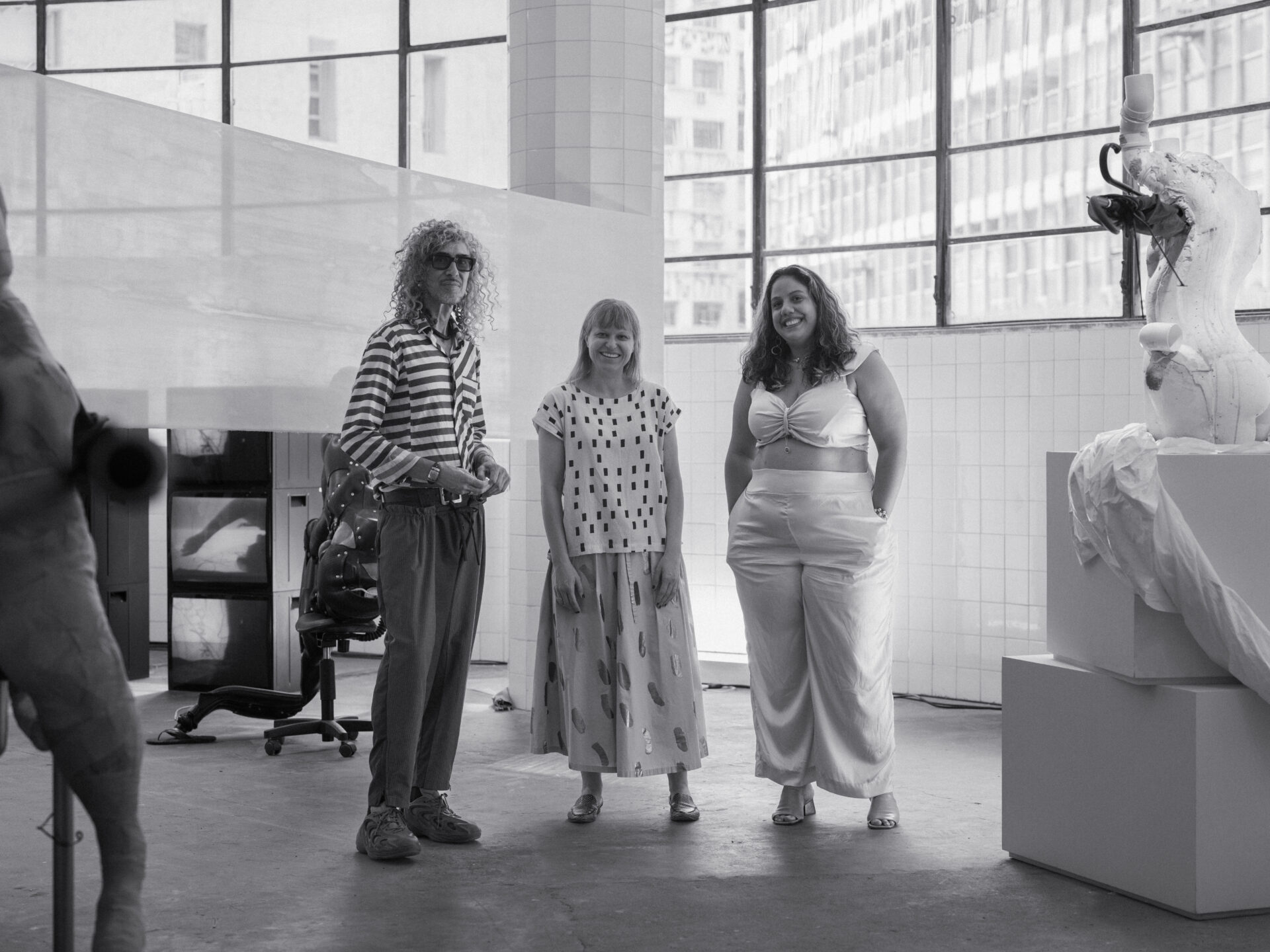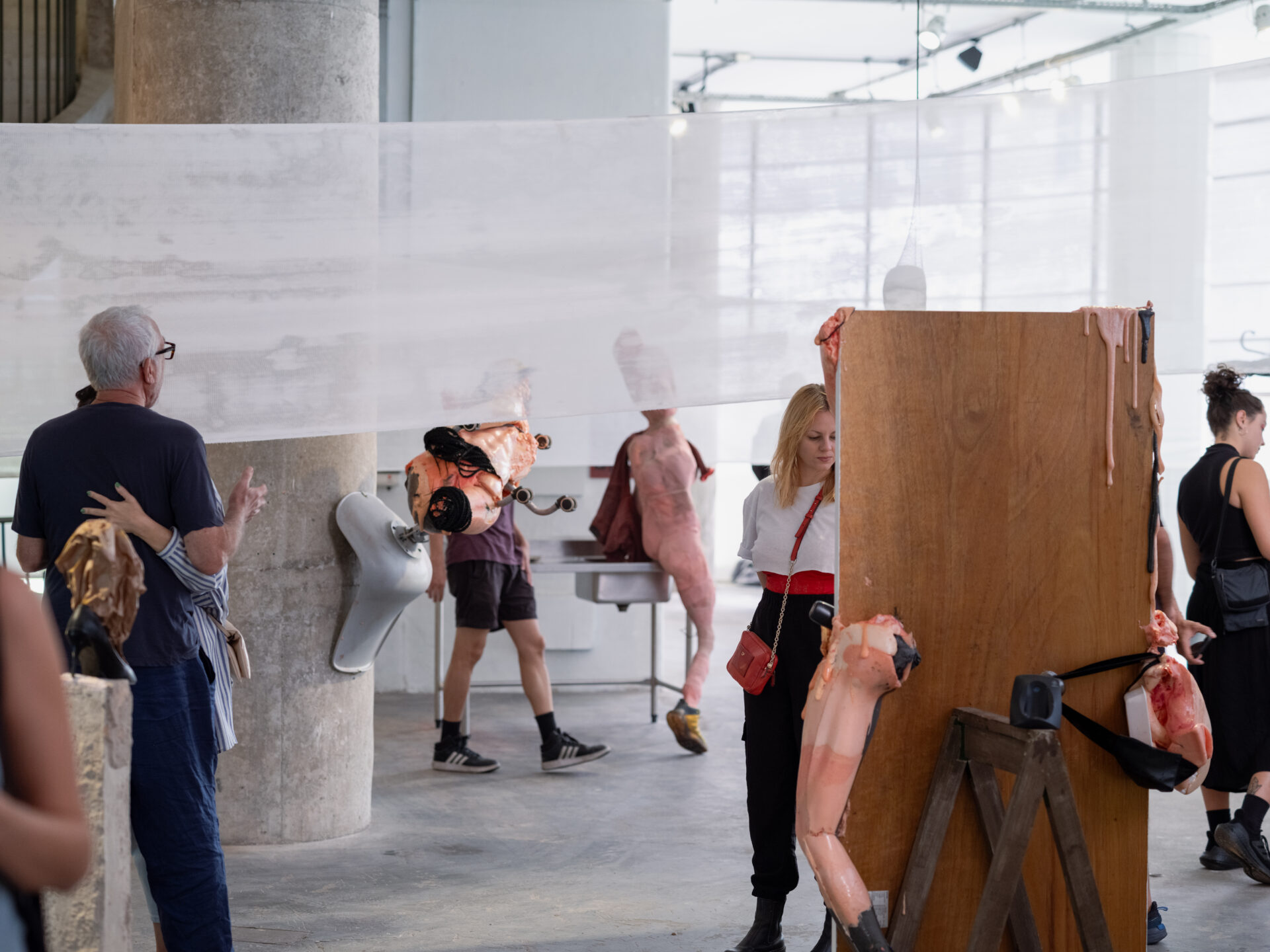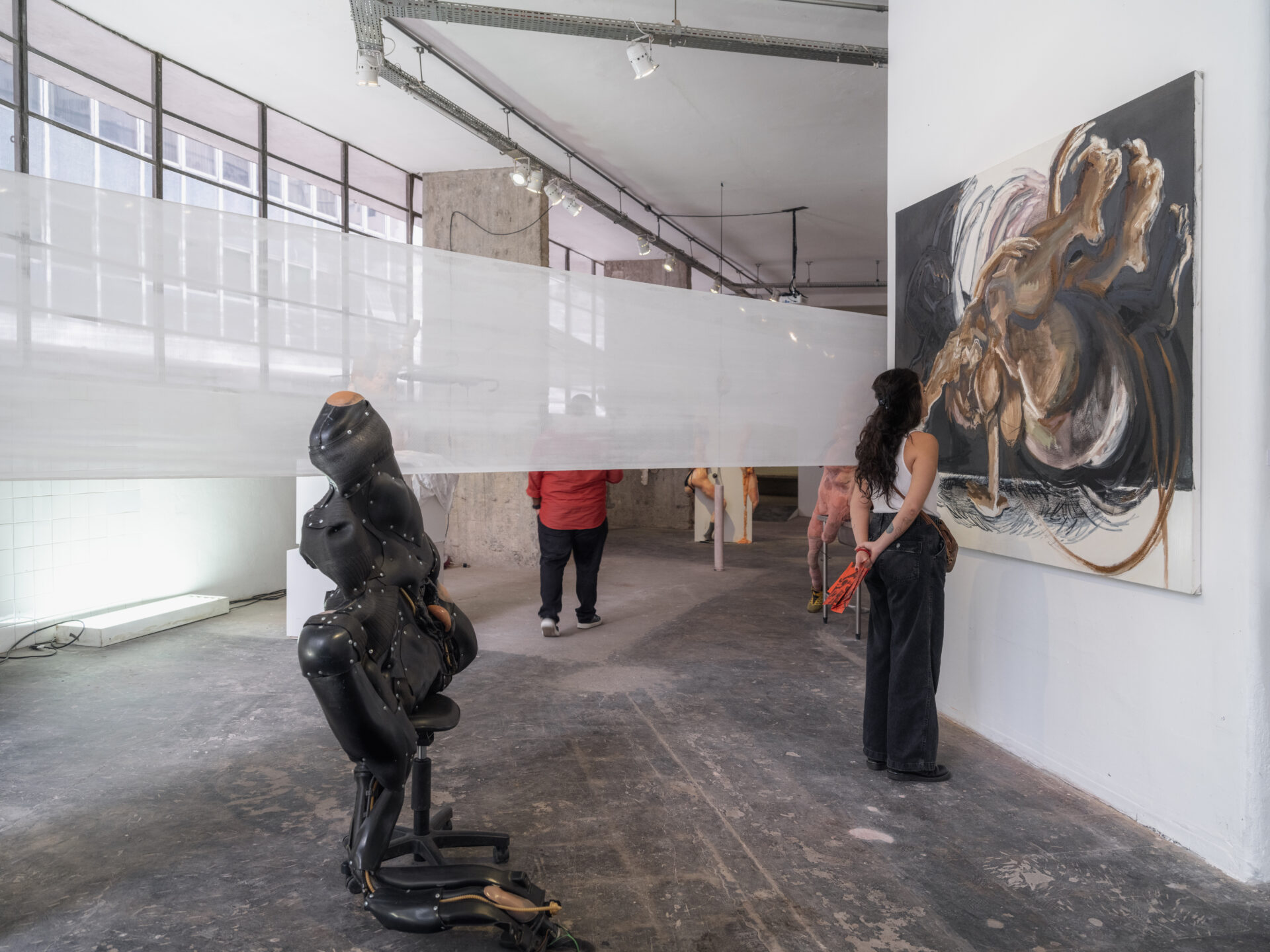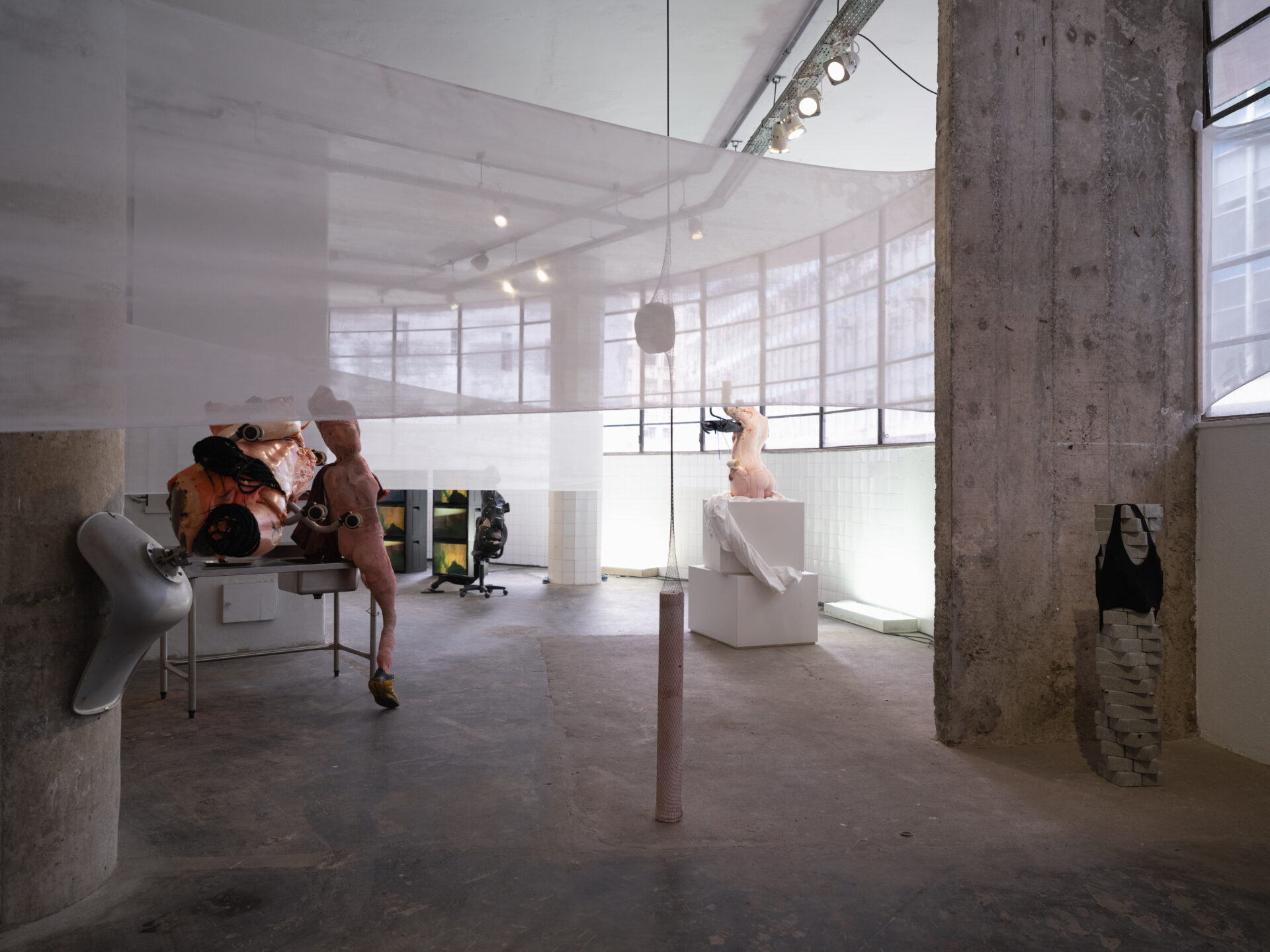
Starting on April 6th, get ready to visit the works provided by the Carolee Schneemann Foundation presented alongside unpublished works by prominent Latin American artists.
The exhibition at Pivô not only celebrates Carolee Schneemann’s legacy but also expands on her ideas and proposes a dialogue between her works and two contemporary artists: Diego Bianchi and Márcia Falcão.
WE WHO ARE ADDRESSING THE TABOOS BECOME THE TABOO. THE SUPPRESSORS ARE CONFUSED. THEY CANNOT DISTINGUISH IMAGES FROM THE IMAGE MAKERS.
C.Schneeman. In The Obscene Body Politic, 1991.
Imagine an eye unruled by artificial laws of perspective, an eye unprejudiced by compositional logic, an eye that does not respond to the name of everything, but which must know each object encountered in life through an adventure of perception¹.
Imagine that once, in 1975, a beautiful 36-year-old white woman stood naked in front of 300 people and diligently extracted a scroll from her vagina. The text she read aloud read as follows:
“I met a happy man
a structuralist filmmaker (…)
he said we are fond of you
you are charming
but don’t look at your films
we cannot
there are certain films we cannot look at
the personal clutter
the persistence of feelings
the hand-touch sensibility
the diaristic indulgence
the painterly mess
the dense gestalt
the primitive techniques” ².
The woman was Carolee Schneemann (1939-2019), and the structuralist filmmaker she mentions was not Stan Brackage, her fellow artist and filmmaker- who seems to have written the opening paragraph’s words for her-, but, actually, a woman, the film critic Annette Michelson, who kept Schneemann out of the feminist canon by not mentioning her in the NYU film classes she taught at the time.
The “body-eye-not-tuteled”³ as per Brakhage, Schneemann was a visionary and influential feminist force, a protean artist and free spirit who inarguably helped define contemporary avant-garde through her multilayered and multimedia work. However, her long overdue inclusion in the canon of Western art history is not the topic of this exhibition. Instead, we aim to invite her restless mind and body back into the current conversation and share a space with the much younger but no less restless minds and bodies of Argentinian artist Diego Bianchi (1969) and Rio de Janeiro-based painter Marcia Falcão (1985).
The lines of Interior Scroll were once a critic but here they become a celebration of the poetic and political implications of ferocity and excess. The three artists, each in their way, embrace the art of tactility. Theirs is a kind of work that somehow gets to us bodily, cracks open the taboos of physicality and explodes in our faces what a civilized-sanitized-normative world works hard to suppress. To borrow a term used by Schneemann, they all pursue visceral kinetics, getting to the innards, to the inside out of bodies and things without ever giving up the complexity of their subjects.
The Corpo-Casa (Body-House) was conceived as a synesthetic spatial-temporal collage of very different but same-temperature works. The exhibition site was, for two months, Diego Bianchi’s working space, in which his free-standing assemblages and spatial interventions emerged almost by spontaneous generation. Every day something different showed up at the space: severed plastic legs of second-hand mannequins, metal pipes, old socks, useless tech stuff… all sorts of rubbish made Biachi’s rigorous cut. His cacophonous array of objects met with Schneemann’s moving image and Falcão’s large-size canvas and diligently negotiated their spot in the sinuous brutalist architecture they share.
Bianchi has employed various materials and scales throughout his career and traversed from three dimensions to two and back. Still, his methods and interests remain the same: I am fascinated by how long things last, how we care for objects, and what we decide to preserve. I see it as a wish to slow down time, the artist says. Schneemann somehow embraces the extended temporality mentioned by Bianchi in her moving-image works (some of them combining more than two years of collected footage), and Marcia Falcão does so in her brush’s unexpected trajectories and steadfast painting process. The Brazilian artist’s grandiloquent gestures swallow you whole like Schneemann’s work. The two women couldn’t be further in age and context but they meet in how they unambiguously display their desires without shame or sentimentality. Their working methods equally revolve around experimenting with the juxtaposition, superimposition, and fragmentation of bodies in space.
Through this improbable meeting, the exhibition space is turned into a shelter, a house, in which hegemonic social arrangements do not apply. For Bianchi and Schneemann, the house is the studio, and the studio is everywhere, as everything – and everybody – is material for examination. Falcão, in turn, sees the house and its surroundings as what shapes her ultimate subject: the racialized female body, more precisely, the female body that navigates the violent and patriarchal carioca suburbs in which she grew up and still lives.
Schneemann saw bodies as collages -not only made up of constituent limbs and parts but living vessels that carried and shaped (both consciously and unconsciously) images and expressions from the past, present, and future⁴. Inside this madhouse we built following her lead, everything becomes potential collage materials. Cats roam free in infinite kisses, and bodies, things, and architecture merge as abstractions and wild movements are everywhere. Abundant painterly messes pile up in the space, dress up mannequins, and fill humongous canvas and celluloid dreams. These improbable entanglements stand as invitations to follow the three artists’ clues to eschew compositional logic and become an untutored-eye-body yourself.
Together, the works on view form a testimony of cultural materiality, identity, and experience seen as the 20th century passes into the first decades of a hyperventilating, late-capitalist 21st century. They provoke us to think about how our times shape us –our living situation, our identities, our interactions, our choices (if any). With this in mind, nothing is ever taken for granted or as a given. At last, entering this body-house also means being willing to be led astray.
(1) BRAKHAGE, Stan. Metaphors on Vision. In: Adams Sitney, Visionary Film: The American Avant-Garde, 1943-2000. Oxford: Oxford University Press, 2002.
(2) Exerpt from Kitch’s Last Meal (1973-1978).
(3) The term eye/body comes from one of Schneemann’s photographic series, Eye Body: 36 Transformative Actions for Camera (1963), in which she integrated snakes, skins, fragmented mirrors, and other objects onto her naked body in a ritualized action aimed at her “painting constructions.”
(4) Carolee Schneemann – Body Politics Exhibition Catalogue. Barbican. p. 15
Bianchi’s practice proposes an apotheosis of everyday situations, such as the derailment of human excess and the anarchic order that follows. Among other grants and awards, he was awarded the concurso de artes Visuales – Fondo national de las Artes Premio Azcuy, Museum de Arte Moderno in 2019. His recent exhibitions include Syntactic Tactic, Centro de Arte Dos de Mayo, Madrid, Spain, 2022; Bienal de Performance 2021 (B.P.21), Museo Nacional de Bellas Artes (MNBA), Buenos Aires, Argentina, 2021; Sauvetage Sauvage, Galerie Jocelyn Wolff, Romainville, France, 2020; The Stomach and the Port, 11th Liverpool Biennial, Liverpool, UK, 2020.
Carolee Schneemann (1939–2019) was one of the most influential artists of the second part of the twentieth century. Her pioneering work in a range of media—painting, film, video, dance and performance, installations, and the written word—is characterized by radical formal experimentation and critical investigations of subjectivity, the erotic and taboo, images of atrocity, and the social construction of the female body. Schneemann was the subject of numerous exhibitions and publications throughout her six-decade career, including the retrospective Body Politics at the Barbican Art Gallery, London (2022–2023) and Kinetic Painting, presented at the Museum der Moderne Salzburg in 2015–2016, the Museum für modern Kunst, Frankfurt, in 2017, and the Museum of Modern Art, New York in 2017–2018. Her work has been shown at the Los Angeles Museum of Contemporary Art; Whitney Museum of American Art, New York; Centre Georges Pompidou, Paris; the Reina Sofia, Madrid, and the New Museum of Contemporary Art in New York, among others.
Film and video retrospectives have been held internationally, including at the Centre Georges Pompidou, Paris; Museum of Modern Art, New York; National Film Theatre, London; and Whitney Museum, New York. Recent publications include From Then and Beyond (Verlag für Moderne Kunst / Kunsthalle Winterthur, 2022), Uncollected Texts (Primary Information, 2018). Unforgivable (Black Dog, 2015) and a book of her early writings, Schneemann holds Honorary Doctor of Fine Arts degrees from the California Institute of the Arts and the Maine College of Art and, in 2017, was awarded the Golden Lion for lifetime achievement at the Venice Biennale.
Márcia Falcão was born in Rio de Janeiro in 1985, raised in the Irajá neighborhood and lives and works in the suburbs of Rio de Janeiro. Drawing on her own experience, the artist’s figurative paintings present expressive representations of the female body, underlining the complexity of the social context in which it is inserted, crossed by a dubiously beautiful and violent landscape. The feminine, motherhood, beauty standards and gender violence are recurring themes that run through her paintings, marked by gesture and physicality. Her solo exhibitions are Pai Contra Mãe, Instituto Inclusartiz, Rio de Janeiro, Brazil (2023); Márcia Falcão, Fortes D’Aloia & Gabriel, São Paulo, Brazil (2022); Márcia Falcão, Carpintaria, Rio de Janeiro, Brazil (2021) e Para Além do corpo: nudez semântica, Galeria Aymoré, Rio de Janeiro, Brazil (2020). Among the group shows the artist has participated in are A Parábola do Progresso, SESC Pompeia, São Paulo, Brazil (2022); MAR + Enciclopédia Negra, MAR — Museu de Arte do Rio, Rio de Janeiro, Brazil (2022); Crônicas Cariocas, MAR – Museu de Arte do Rio, Rio de Janeiro, Brazil (2021); Engraved into the Body, Tanya Bonakdar Gallery, New York, USA (2021) and Ainda fazemos as coisas em grupo, Centro Municipal de Artes Hélio Oiticica, Rio de Janeiro, Brazil (2020).

 Português
Português